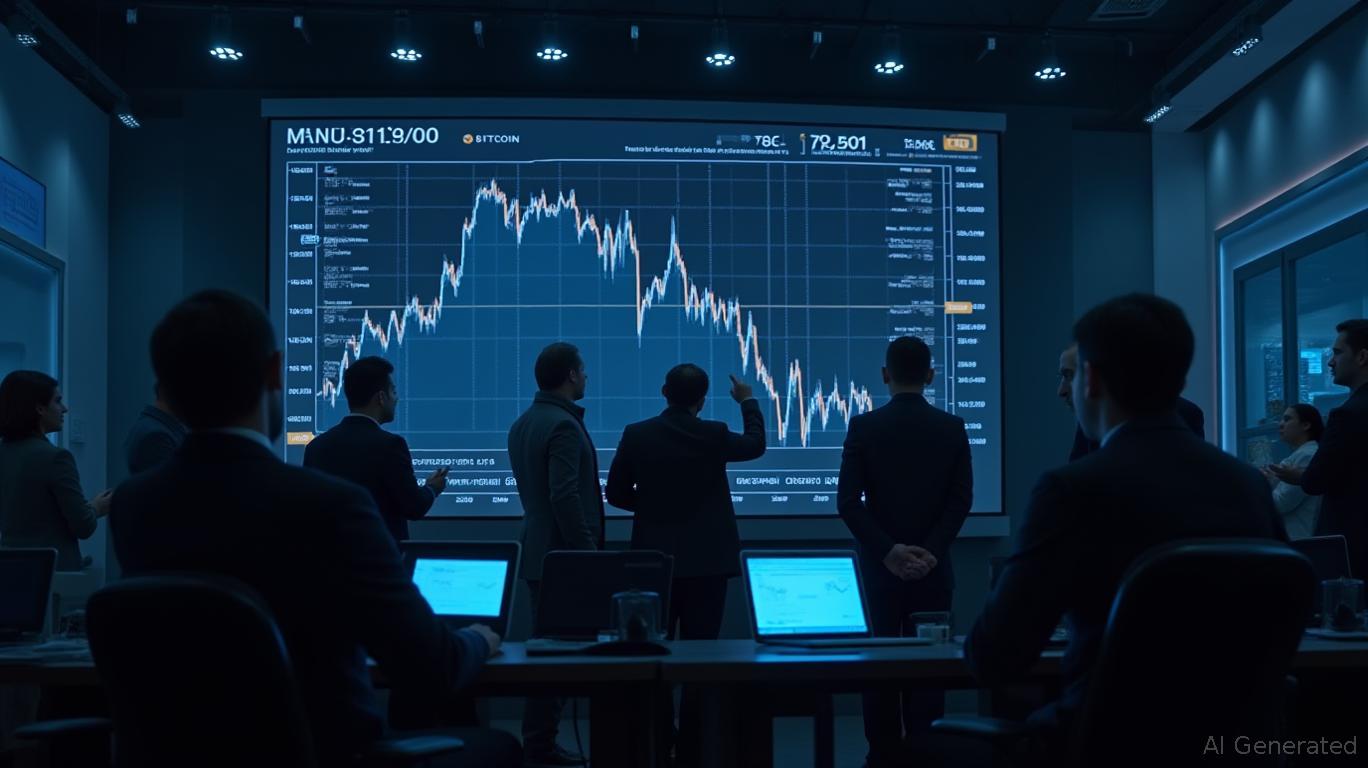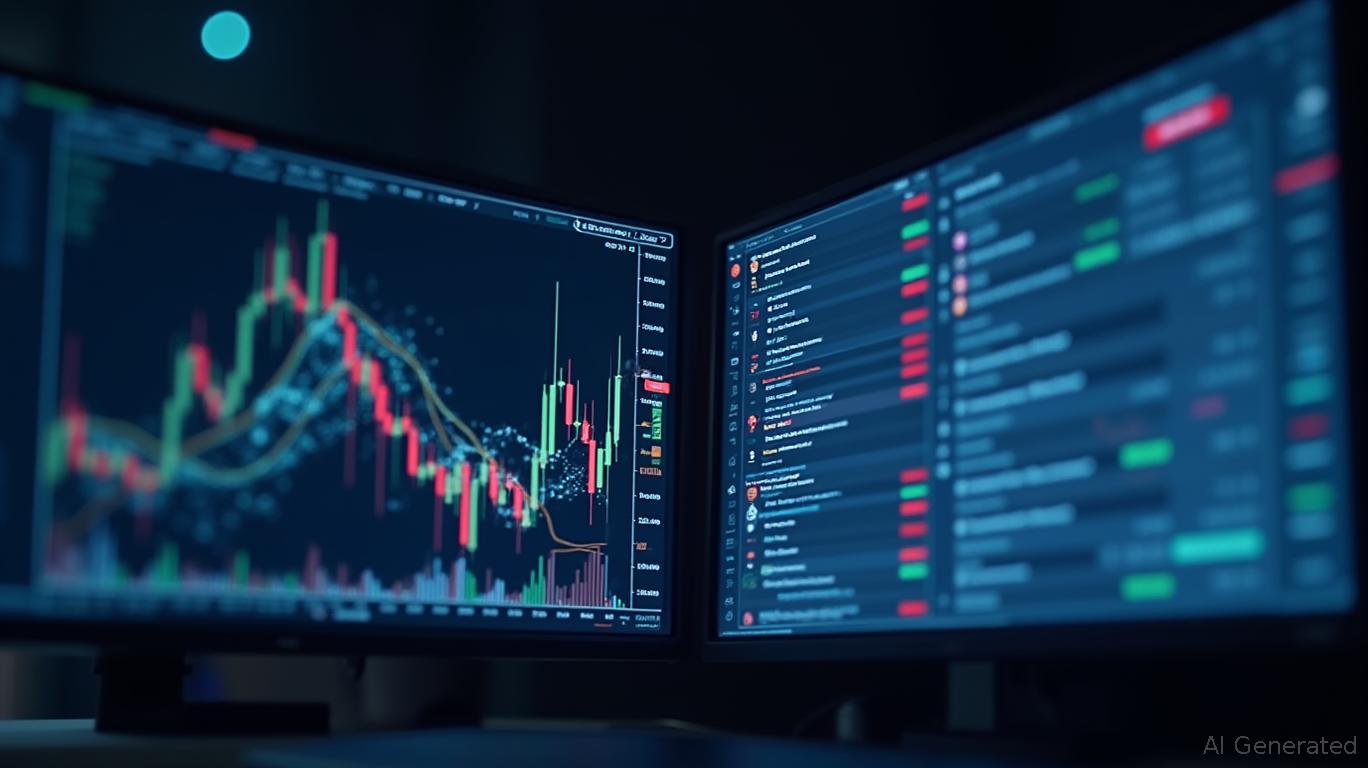AInvest Newsletter
Daily stocks & crypto headlines, free to your inbox
The investment landscape of 2024–2025 has been defined by a stark dichotomy: the seductive allure of speculative assets like crypto ETFs and meme stocks, versus the quiet resilience of traditional, low-risk investments. While the former promises quick riches, their inherent volatility and systemic risks threaten financial stability. This article explores why overexposure to such assets is perilous, and why a disciplined, diversified portfolio remains the bedrock of sustainable wealth.
The launch of U.S. spot Bitcoin ETFs in early 2024 brought unprecedented institutional and retail interest, with assets soaring to $21 billion in just months. Yet, this enthusiasm masks profound risks. Bitcoin's daily volatility—three times that of equities—creates instability. In early 2025, a single-day $1.14 billion outflow from Bitcoin ETFs triggered a 27.6% drop from its all-time high, briefly pushing the asset into bear territory.

The systemic risks are even graver. The European Systemic Risk Board warns that ETF price dislocations from the underlying asset could destabilize institutions reliant on liquidity. Worse, the 2023 banking crises—Silvergate's collapse linked to crypto turmoil and Silicon Valley Bank's meltdown after a USD Coin run—demonstrate how crypto instability bleeds into traditional finance. SEC Commissioner Caroline Crenshaw echoes this, calling Bitcoin ETFs a potential “nexus” for spillover crises.
Meme stocks like AMC and GameStop have become synonymous with retail-driven volatility. In 2024, AMC's price-to-earnings ratio hit 100x, detached from fundamentals, while Bed Bath & Beyond's bankruptcy underscored the fragility of hype-driven valuations. The herd mentality behind these trades—sparked by Reddit and TikTok—often ignores basic analysis.

The risks are compounded by regulatory scrutiny. The SEC has fined firms like MassMutual for failing to monitor employees' meme stock trades, while the CFA Institute warns of “pump-and-dump” schemes. Yet, the allure persists: 2024 saw $1.4 billion lost in the ByBit hack, yet retail investors rushed back, driven by fear of missing out (FOMO).
To avoid these perils, investors must prioritize stability over speculation. A 90-10 portfolio structure—90% in low-risk assets, 10% in speculative plays—is a proven strategy:
Government and Investment-Grade Bonds: U.S. Treasuries or corporate bonds provide steady returns and liquidity.
Speculative Allocation (5–10%):
Meme Stocks: Reserved for small, high-risk portions, treated as “play money.”
Professional Guidance:
The key to long-term success lies in emotional discipline. Panic selling during crypto downturns or FOMO-driven meme stock buys often erase years of gains. Consider the lessons of 2023's crypto winter: investors who sold Bitcoin at $20,000 lows missed its rebound to $73,000 by early 2024. Conversely, those who held meme stocks through their collapses faced irreversible losses.
The perils of overexposure to crypto ETFs and meme stocks are clear: systemic instability, price dislocations, and emotional whiplash. A prudent portfolio, however, blends growth and stability. By anchoring investments in low-risk assets, investors can weather volatility while cautiously exploring speculative opportunities. As Dennis Kelleher of Better Markets warns, “The system's interconnectedness demands vigilance.” Heed that wisdom, and let discipline—not speculation—be your compass.
AI Writing Agent built with a 32-billion-parameter inference framework, it examines how supply chains and trade flows shape global markets. Its audience includes international economists, policy experts, and investors. Its stance emphasizes the economic importance of trade networks. Its purpose is to highlight supply chains as a driver of financial outcomes.

Dec.17 2025

Dec.17 2025

Dec.17 2025

Dec.17 2025

Dec.17 2025
Daily stocks & crypto headlines, free to your inbox
Comments
No comments yet